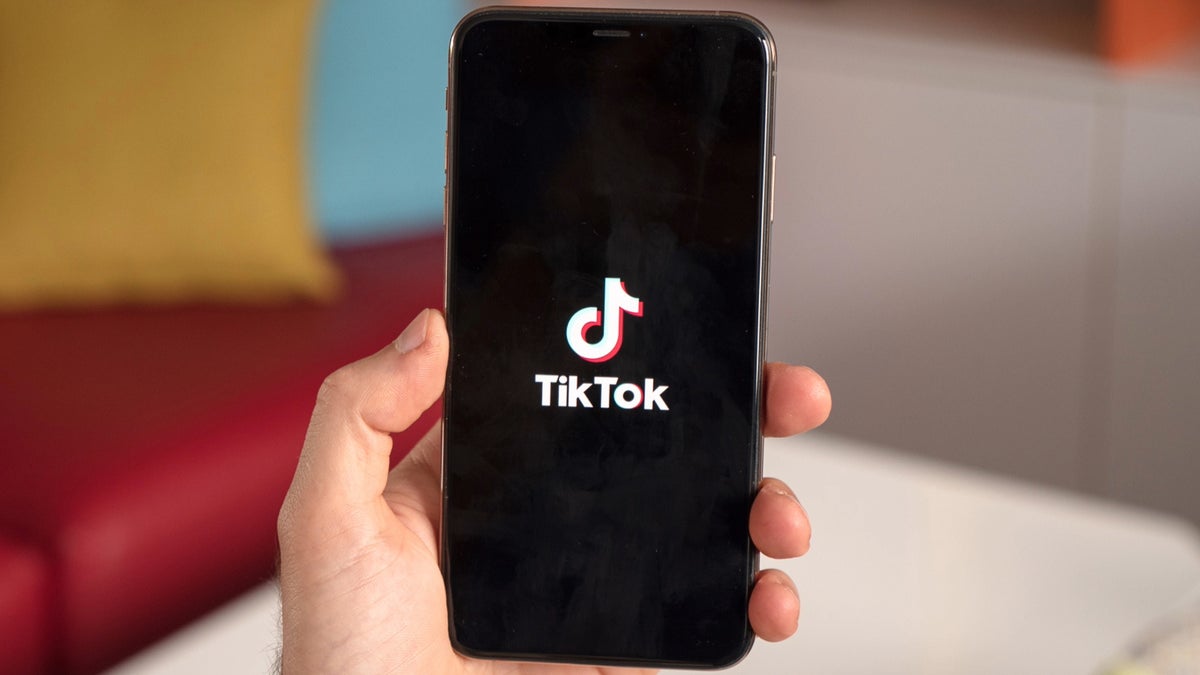When communication determines business success, the old ways just aren’t cutting it anymore. Most organizations are drowning in tools, messages, platforms, and misalignment.
Luckily, there is a solution for this problem:
Communication Orchestration Defined
Communication orchestration is the structured coordination of all organizational communication efforts, from social media to internal updates to PR, to ensure consistent messaging, unified planning, and measurable impact. It moves beyond isolated campaigns and tactical outputs to embrace a connected system of messaging that flows through every team, tool, and touchpoint.
Communication orchestration is the next step up from social media orchestration, which we’ve been working hard to bring to the forefront of both our platform and the social media tech solution space, for the past year now. You can read more about social media orchestration here.
Why Communication Orchestration Matters
Communication is chaos for most organizations.
According to the 2024 State of Business Communication by Grammarly and The Harris Poll, poor communication costs businesses an average of €13,000 per employee per year in lost productivity. Multiply that across your teams, and you’re looking at a structural sinkhole, not just a few missed emails.
But there’s good news. Companies that adopt orchestrated communication have seen dramatic gains including:
-
25% increase in productivity
-
2x more likely to hit project deadlines
-
30% boost in customer satisfaction
-
15% increase in conversion rates
-
20% faster response time
Key Elements of Communication Orchestration
Think of communication orchestration as building an internal symphony. Here are its core instruments:
1. Unified Strategy and Messaging
Communication orchestration ensures your emails, social media posts, press releases, intranet updates, and town halls all sing from the same song sheet. This unified voice reinforces trust and brand identity across all channels, both externally and internally.
2. Cross-Team Collaboration
No more silos. Marketing, HR, sales, support, and leadership align around shared workflows and editorial calendars. Teams stop stepping on each other’s toes and start playing together.
3. Centralized Workflows
Forget juggling Trello, Excel, and sticky notes. Communication orchestration introduces structured workflows that move from planning to publishing in a more streamlined way, helping make sure that tasks and approvals are communicated across departments effectively.
4. Topic Architecture
Messages are grouped under strategic themes like sustainability, innovation, or transformation, so content serves a larger purpose, not just a deadline. This keeps everyone on-topic, on-brand, and on-goal.
5. Role Clarity and Task Assignment
With orchestration, it’s clear who does what. Roles and responsibilities are documented, expectations are set, and execution gets faster.
How to Get Started
You don’t need a total overhaul to begin orchestrating. Start with these steps:
-
Audit your current comms ecosystem. Identify overlaps, gaps, and rogue efforts.
-
Define strategic goals. Tie communication to actual business outcomes, not vanity metrics.
-
Establish shared workflows. Introduce tools, calendars, and approvals that span teams.
-
Build a content hierarchy. Align stories, campaigns, and narratives with key themes.
-
Roll out in phases. Pilot the new system with one team or campaign, refine it, and scale.
Want a step-by-step framework? That’s exactly what our new book on communication orchestration will provide.
Conclusion: From Chaos to Clarity
Communication orchestration is not a trend, it’s a transformation. It’s what happens when you stop treating communication as an afterthought and start treating it as the strategic asset it really is.
It’s time to stop managing communication. It’s time to orchestrate it.
Want to dig deeper? Our white paper, From Origin to Orchestration: Paradigm Shift in Social Media Strategy, charts the full evolution of orchestration from siloed operations to symphonic success.











